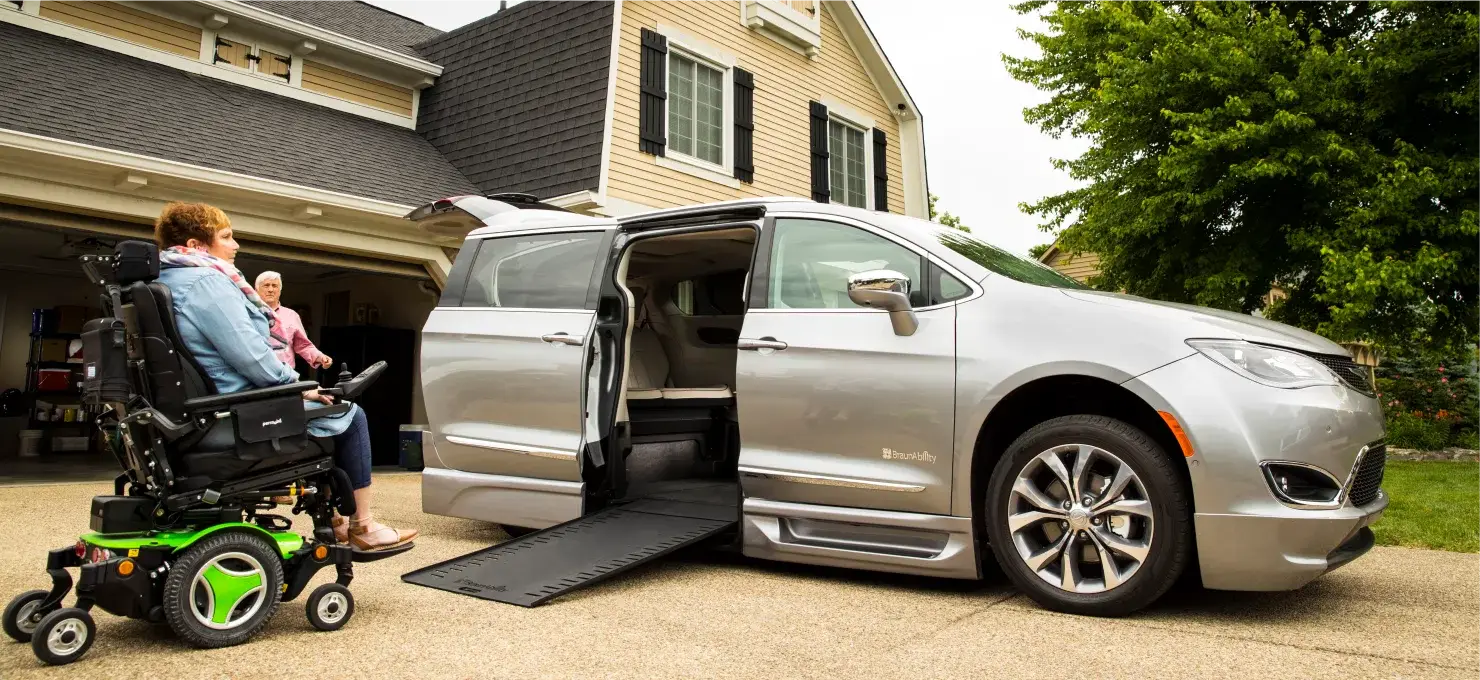
When the need for a wheelchair-accessible van arises, many families face the same question: should we rent or buy? The answer isn’t the same for everyone. It depends on how long you’ll need the van, how often you use it, and what works best for your budget.
At Superior Van & Mobility, we help customers weigh the pros and cons of renting versus buying every day. Below, we break down the advantages and drawbacks of each option to help you make the most informed decision.
If your need is temporary — less than a year — renting a handicap van usually makes more financial sense. Here’s why:
Low upfront cost – No down payments, dealer fees, or taxes.
No depreciation – You’re not stuck with a van losing value when it leaves the lot.
Flexibility – Switch to a different model as your needs change.
Maintenance included – The rental provider typically handles repairs and upkeep.
No resale worries – When your need ends, simply return the van.
Higher long-term cost – Rental fees add up if you use a van for years.
No equity – You don’t own the vehicle or get anything back later.
Usage limits – Rentals may have mileage restrictions or rules on customization.
Best For: Temporary medical needs, travel, or uncertain timeframes.
Purchasing is usually the smarter choice if you expect to need a wheelchair-accessible van for several years or daily use.
Ownership & resale value – You own an asset you can sell or trade later.
Lower cost over time – Once financed, monthly costs may be less than ongoing rentals.
Unlimited use – Drive as much as you want without restrictions.
Customization – Install the adaptive equipment and modifications you need.
Always available – No need to schedule a rental; the van is yours 24/7.
High upfront cost – Down payments, taxes, titling, and licensing add up quickly.
Depreciation – New vans lose about 9–11% of value immediately after purchase.
Maintenance responsibility – Once warranties expire, all repairs are on you.
Resale challenges – Finding a buyer later can take time and may reduce your return.
Best For: Long-term or permanent mobility needs, frequent drivers, or families who want full control.
The chart below is an example of a short-term purchase of a wheelchair van versus renting long-term. The figures are generalized to show the savings and breakeven point.
If you needed the wheelchair van for less than one year and rented instead of buying one, your breakeven point is around seven months.
The seven-month breakeven point considers that you rent daily for an entire month. It might make more sense to rent as needed for your needs, eliminating the cost for days you don’t. By renting as needed vs monthly, your breakeven point would be even longer than seven months.
The decision comes down to three key questions:
How long will I need the van?
How often will I use it?
What fits my financial situation best?
Renting a wheelchair van is usually the most practical path if your need is under one year. Buying often provides better value and peace of mind for long-term, frequent use.
At Superior Van & Mobility, we offer one of the largest inventories of wheelchair-accessible vans for sale and rent. Whether you need a van for a week, a month, or a lifetime, our team of mobility consultants can help you make the best choice for your needs and budget.
Explore our Wheelchair Van Rentals or browse our Wheelchair Vans for Sale today!

Richard Maxwell, is a seasoned automotive marketing executive with over two decades of experience. Starting in 1999 with his advertising agency, Maxx Design & Marketing, he has consistently delivered innovative marketing solutions. After earning his MBA, Richard shifted focus to adaptive technology, serving as Marketing Manager for Superior Van & Mobility. Today, he leverages his expertise to promote and educate others about adaptive equipment in transportation and drive change in accessible mobility.
Have a quick question? Send us a message and we'll respond soon!